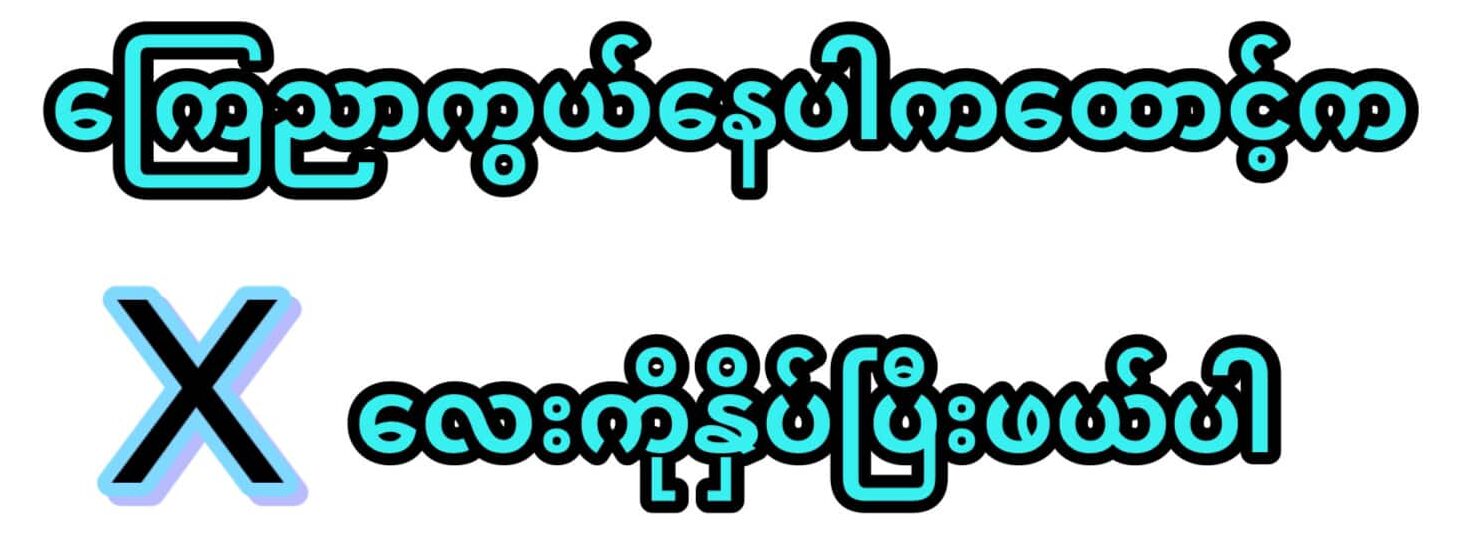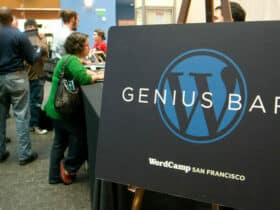Cloud-based services have become the go-to solution for businesses seeking scalable and flexible computing resources, accessible on-demand from cloud computing providers. In this highly competitive landscape, major players like Amazon Web Services (AWS), Microsoft Azure, and Google Cloud Platform (GCP) continually strive to outperform each other by offering cost-effective solutions and innovative features. In this blog, we will delve into a detailed comparison of these three cloud giants to gain a better understanding of their capabilities and strengths.
- Compute: Unleashing the Power of Virtual Machines
Amazon Web Services (AWS) – Leading the Pack: AWS provides a comprehensive suite of core computing services, enabling users to deploy virtual machines using pre-configured or custom machine images. With AWS EC2, users can select the desired size, power, memory capacity, and number of virtual machines, along with choosing from various regions and availability zones for optimal performance. AWS also offers advanced features like load balancing for efficient workload distribution and auto-scaling for automatic resource scaling.
Google Cloud Platform (GCP) – Making Its Mark: Introduced in 2012, GCP allows users to launch virtual machines similar to AWS, with support for regions and availability groups. GCP has its own set of enhancements, including load balancing, extended operating system support, live migration of virtual machines, faster persistence disks, and instances with more cores, providing a competitive edge.
Microsoft Azure – Gaining Ground: Azure, launched in 2012 as a preview and made generally available in 2013, offers virtual hard disks that are equivalent to AWS’s virtual machines. While Azure is relatively newer compared to AWS and GCP, it has been rapidly expanding its capabilities and gaining popularity among users.
- Storage and Databases: Safeguarding and Managing Data
AWS – Versatility and Scalability: AWS provides temporary storage that is allocated when an instance starts and destroyed when the instance terminates. It also offers block storage, similar to virtual hard disks, which can be attached to instances or kept separate. AWS excels in object storage with its S3 service, and it provides robust support for relational and NoSQL databases, as well as Big Data solutions.
GCP – Comprehensive Storage Options: GCP offers both temporary and persistent disk storage, catering to various needs. It provides Google Cloud Storage for object storage, along with excellent support for technologies like BigQuery, tables, and Hadoop.
Azure – A Comprehensive Data Solution: Azure utilizes temporary storage options and Microsoft’s block storage for virtual machine-based volumes. It offers support for both relational and NoSQL databases, as well as Big Data solutions, making it a versatile option for managing data.
- Pricing Structure: Finding the Right Fit for Your Budget
AWS – Flexible Pricing Models: AWS charges clients based on rounding the number of hours used, with a minimum usage requirement of one hour. It offers three purchasing models: On-Demand, where customers pay for what they use; Reserved, enabling customers to reserve instances for 1 or 3 years with an upfront cost based on utilization; and Spot, where customers bid for available extra capacity.
GCP – Simplified Pricing Approach: GCP charges for instances by rounding the number of minutes used, with a minimum usage requirement of 10 minutes. Recently, Google introduced new sustained use pricing for cloud services, providing a simple and flexible alternative to AWS instances.
Azure – Flexible Commitments: Azure charges clients based on rounding up the number of minutes used on demand. Additionally, Azure offers short-term commitments with discounts, allowing customers to optimize their costs based on their specific requirements.










Leave a Reply